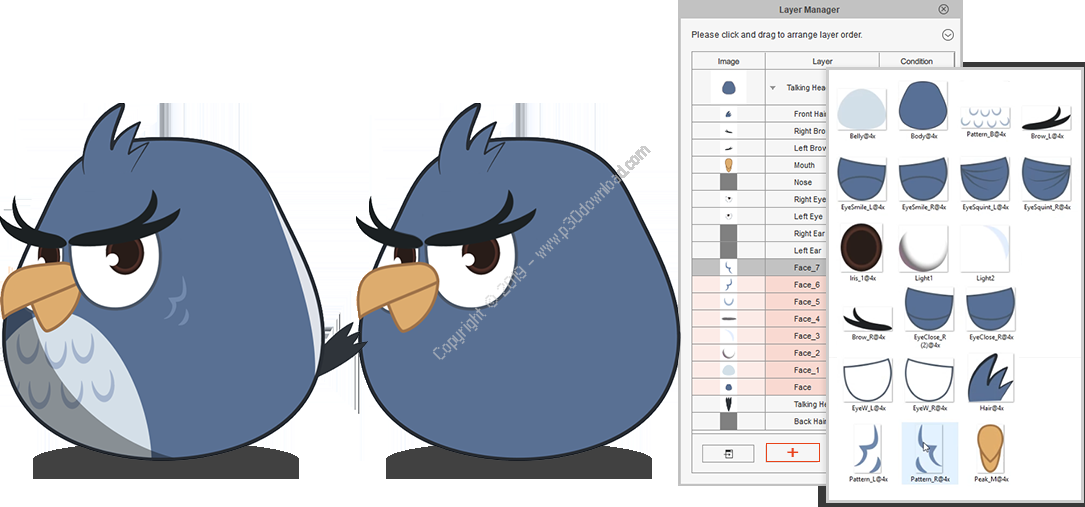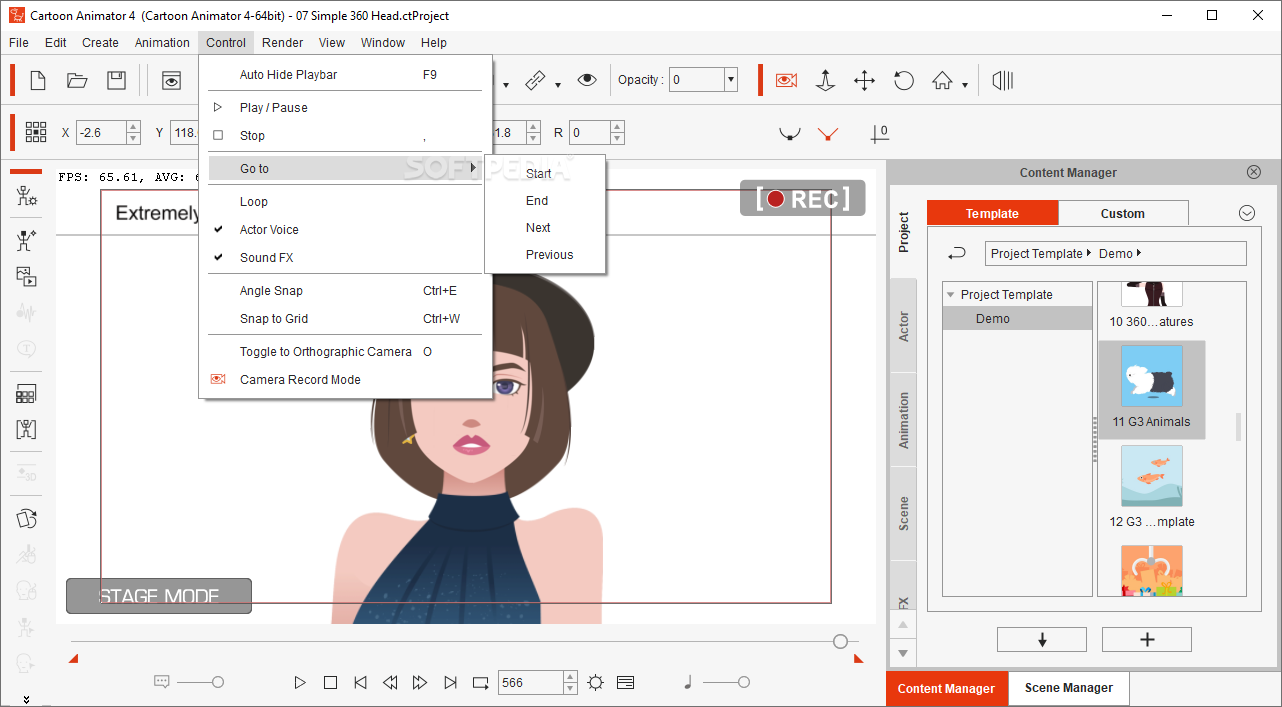

We’d never before engaged in visual storytelling. To build toward the climax, we created an intense race sequence. He writes, “Being a great voice actor means that you’re able to fully immerse into the role, bring life to a character, and put on a believable performance as them though to do so, it’s important to remember to research your character, practice your lines, and to be confident in your performance.” Phil, the voice of Duncan, shares a similar philosophy. The character chooses the voice, and my body is but a vessel.” As Peter, the voice of Richard, facetiously writes, “I look the character in the eye and he begins to whisper. We go to great lengths to perfect a character’s voice, and we have fun doing it. As Cody Marcotte writes, we always want to elicit an “emotional response, from happiness to sadness and everything in between.” And in Mouse Bros, we decided to go Shakespearean.

To make the most of CTA5, you must tell a good story. The handlebars were attached to pogo sticks rather than motorbikes.” This shot was the setup for the conflict of the episode, but this focus also allowed us to flip the viewer’s expectations. As Kevin Keniry, one of our writers, explains, “In the establishing shot of Mouse Bros, we showed the mice holding the handlebars. To the audience, it appears that the character “turned” during the cut.įinally, use framing to toy with viewer expectations. Cut to a different camera angle, then place the character in the desired direction. Imagine two characters facing each other, and you want one of them to turn away. Instead, you can “turn” characters between cuts. For larger, more complex characters, however, this doesn’t work. In the past, we’ve created characters like Jowl, the grumpy bird that came with CTA4. For example, most animated 2D characters don’t turn well. If you only tell a story from one angle, it’s flat and boring and the mark of a low budget.Īdditionally, you can hide a lot in the cuts.

Would that be interesting? Would it tell a story of hunger and betrayal? No!įailure to animate from diverse angles traps many CTA users (myself included before I was corrected). They race across the screen in profile, jump the canyon like Mario, then converse in a single angle. This, however, is the price of creating a cartoon with a high production value. It’s a huge amount of work, and you must compile the footage in Premiere Pro. Each file contained a specific angle or movement. To achieve this look, Mouse Bros combines over 30 CTA files. Traditional animation also uses insert and specialty shots. Sometimes they’re shown from the back, sometimes they're in profile. Traditional hand-drawn animation presents the characters from multiple angles. It combines frame-by-frame drawings with modern animation software.

Finally, loop the visibility so that the characters flash through in quick succession. Next, replace the sprites in the duplicated characters. To recreate this style, animate the first character, then duplicate it twice. This held the stretch and squash and allowed for scratchy line work. We stacked three characters, each with different line art, then put them on a visibility loop.
#Cartoon animator 4 review trial#
This wouldn’t do.Īfter hours of trial and error, we stumbled across a solution. This means if the character has three sprites, only the first will stretch and squash. In my head, I imagined characters like Baloo from the Jungle Book or Madame Medusa from The Rescuers, characters with intentionally scratchy-almost messy-line work.Įasy, right? Wrong! Rick and I quickly discovered that only one sprite per slot would morph. Then, when the character moves, we’d roll through the sprites like an animated prop. I pitched a new style of animation design: a character with multiple sprites for each body part, each with slightly different line work. Using CTA5’s Tools to Develop New Techniques Nay brethren! We wanted entire characters to bounce like Micky Mouse! We weren’t satisfied with funny noses and springy tails. We then decided to push spring bones to their limits. We watched hats bounce, jello jiggle, and whiskers twitch. Now you’re able to morph entire characters. The morph tool-the precursor of FFD-was available in CTA4. It’s also useful for putting characters and props into perspective. FFD enables a sprite character to stretch and squash, allowing you to emphasize their actions. But not anymore.ĬTA5 allows you to apply this principle using FFD (free-form deformation) and spring bones. This principle of animation, however, has long been unavailable to sprite-based characters. Stretch and squash gives 2D animation its charm, and it makes characters more expressive. Stretch and Squash is a vital principle of animation, and it’s the crux of crafting an animated 2D character that looks hand drawn. The CTA5 Features that Enabled our Experiment


 0 kommentar(er)
0 kommentar(er)
